Home>Interior Design>Small Closet Organizing Mistakes Experts See All The Time
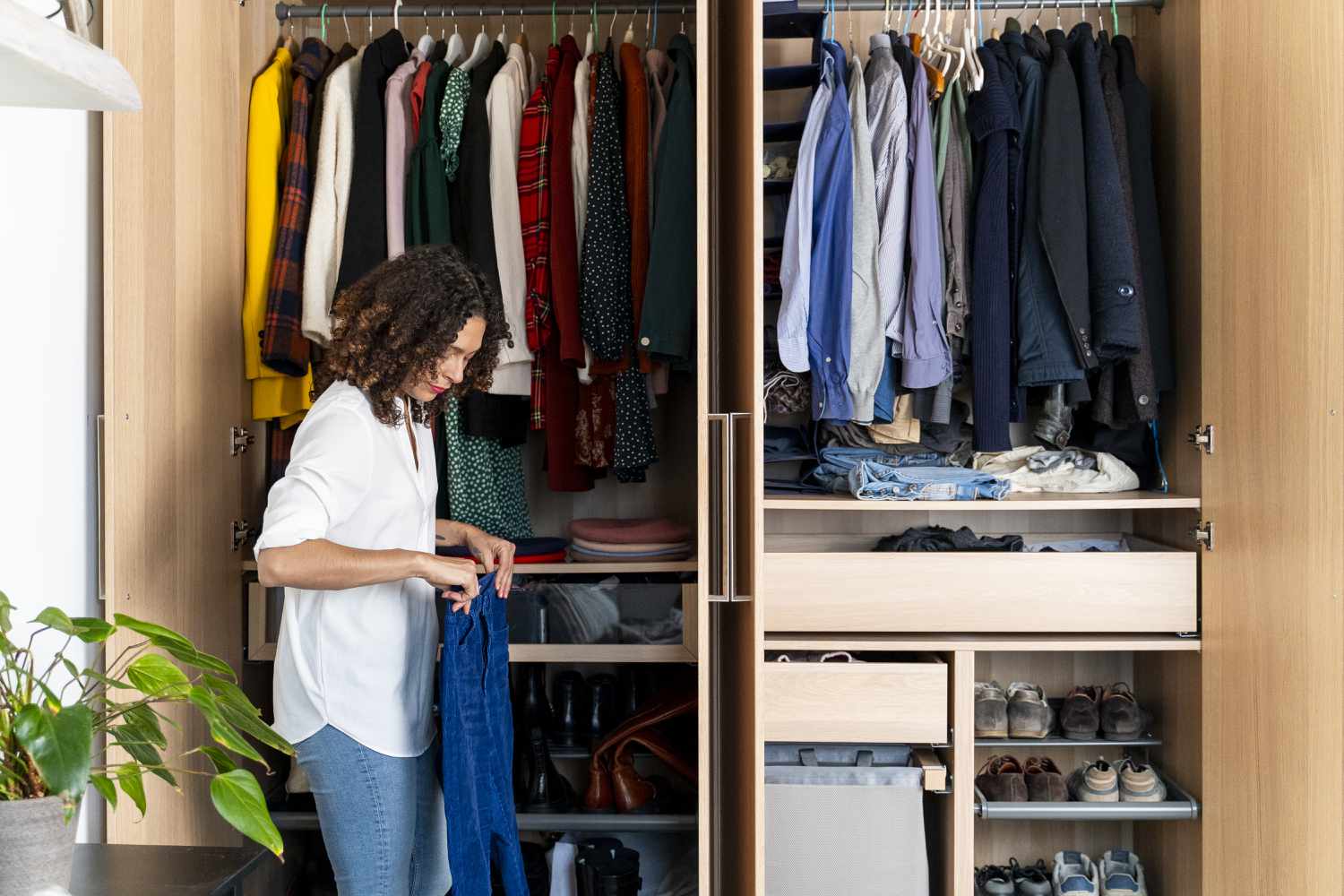

Interior Design
Small Closet Organizing Mistakes Experts See All The Time
Modified: January 19, 2024
Avoid these small closet organizing mistakes that interior design experts see all the time. Maximize your space and stay organized with these helpful tips.
(Many of the links in this article redirect to a specific reviewed product. Your purchase of these products through affiliate links helps to generate commission for Storables.com, at no extra cost. Learn more)
Introduction
Welcome to the world of interior design and organization! Whether you’re a homeowner, renter, or just someone who appreciates a well-organized space, you know how important it is to make the most out of every inch. And when it comes to keeping your belongings in order, closets play a crucial role.
However, even with the best intentions, many people make common small closet organizing mistakes that can hinder efficiency and functionality. In this article, we’ll explore some of these mistakes and provide expert insights on how to avoid them. By learning from these common pitfalls, you’ll be able to optimize your storage space and create a more organized and functional closet.
Key Takeaways:
- Proper assessment, decluttering, and appropriate storage solutions are crucial for optimizing small closet space. Utilize vertical space, categorize items, and maintain organization for a functional and visually appealing closet.
- Don’t overlook the door and back of the closet for additional storage. Consider alternative storage options outside the closet to maximize space and enhance overall organization throughout your home.
Read more: How To Organize A Small Closet
Lack of proper assessment
One of the most common mistakes people make when organizing their small closets is a lack of proper assessment. Before you start rearranging or purchasing storage solutions, it’s essential to take the time to thoroughly assess your closet’s current state and your specific needs.
Start by emptying out your closet completely. Take stock of what you have and evaluate which items are in frequent use and which ones can be stored elsewhere or donated. This step is crucial in decluttering and making space for the items you actually need and use.
Next, measure your closet’s dimensions, including the height, width, and depth. This information will come in handy when selecting storage solutions that fit your closet perfectly. Consider any obstacles or irregularities in your closet, such as sloped ceilings or permanent fixtures, as these may limit your storage options and require creative solutions.
Additionally, assess your lifestyle and storage needs. Are you a shoe enthusiast or do you have a large collection of handbags? Are you in need of more hanging space or shelving? Understanding your specific storage requirements will help you determine the type and amount of storage solutions you’ll need.
By carefully assessing your small closet, you can tailor your organization strategy to maximize every inch of space. This process will save you time, money, and frustration in the long run.
Neglecting to declutter
When it comes to organizing a small closet, decluttering is a crucial step that should never be overlooked. Neglecting to declutter can lead to a cramped and disorganized space, making it difficult to find what you need and utilize the available storage effectively.
Start by sorting through your items and honestly assessing what you truly need and use regularly. Let go of items that you haven’t worn or used in a long time, or that no longer fit your lifestyle. Consider donating or selling gently used items to free up valuable space in your closet.
As you declutter, be mindful of any sentimental or valuable items that you may want to keep. Find a designated place for these special belongings outside of your closet, such as a memory box or display shelf. By carefully curating the items in your closet, you’ll create a more streamlined and organized space.
Decluttering also involves getting rid of unnecessary duplicates or items that serve the same purpose. For example, if you own multiple black cardigans, consider keeping the one that fits you best and donating the rest. This will prevent overcrowding in your closet and make it easier to find and access what you need.
Remember, decluttering is an ongoing process. Regularly revisit your closet and reevaluate your belongings to ensure that you’re only keeping items that serve a purpose and bring you joy. By maintaining a clutter-free closet, you’ll have a more functional and visually pleasing space.
Using inappropriate storage solutions
Choosing the right storage solutions is crucial when organizing a small closet effectively. However, one common mistake people make is using inappropriate storage solutions that don’t maximize the available space or cater to their specific needs.
When selecting storage solutions for your small closet, consider both the dimensions of your space and the types of items you need to store. Avoid bulky or oversized containers that will take up unnecessary space. Instead, opt for slim, stackable bins or baskets that can fit neatly on shelves or in corners.
Utilize various storage solutions to accommodate different types of items. For example, use hanging closet organizers with compartments for accessories like scarves, belts, and hats. Install hooks on the inside of your closet doors to hang bags or belts. Incorporate adjustable shelving units or cubbies to store folded clothes or shoes.
Make use of vertical space by installing additional rods or hooks to hang clothing items or accessories. Installing a shoe rack or hanging shoe organizer can prevent clutter on the floor and help you utilize the vertical height of your closet. The key is to capitalize on every inch of available space.
Another important factor to consider when choosing storage solutions is the visibility and accessibility of your items. Avoid using opaque or closed-off storage containers that hide your belongings. Instead, opt for transparent bins or clear plastic drawers, allowing you to easily see what’s inside without rummaging through everything.
Lastly, be mindful of the materials and durability of your chosen storage solutions. Invest in quality products that will withstand the weight and frequent use. This will ensure that your storage solutions last longer and continue to keep your small closet organized for years to come.
By using appropriate storage solutions that are tailored to your specific needs, you’ll be able to optimize your small closet space and keep your belongings easily accessible and well-organized.
Overstuffing the closet
One of the most common mistakes people make when organizing a small closet is overstuffing it with too many items. While it may be tempting to try and fit everything into your limited space, overloading your closet can lead to chaos and make it difficult to find what you need.
When your closet is overstuffed, it not only looks cluttered, but it also makes it challenging to locate specific items. Clothes may become wrinkled or damaged due to being packed tightly together, and accessories can get tangled or lost in the chaos.
To avoid overstuffing your closet, start by being selective about what you keep. As mentioned earlier, decluttering is essential to keep only the items you truly need and use. Let go of items that no longer fit, are outdated, or are rarely worn. This will instantly create more space and help you avoid overcrowding.
Organize your clothes by season and rotate them accordingly. As the seasons change, store out-of-season clothing in a separate storage area, freeing up space for the items you’ll actually be wearing. This also helps keep your closet manageable and visually appealing.
Maximize the use of your closet’s vertical space by installing double hang bars or additional shelves. This allows you to utilize the height of your closet and creates more room for items without overcrowding the hanging space.
Consider investing in slimline hangers that take up less space than bulky plastic or wooden hangers. Not only do they save space, but they also help prevent clothes from slipping off and getting tangled.
If you find that your closet is still too small to accommodate everything you want to keep, consider using alternative storage solutions outside of your closet. This could include under-the-bed storage containers, dressers, or even renting a small storage unit for items you don’t need access to regularly.
Remember that an organized and visually appealing space is more important than having a closet filled to the brim. By avoiding the temptation to overstuff your small closet, you’ll create a more functional and enjoyable space to get ready each day.
Ignoring vertical space
When organizing a small closet, it’s crucial not to overlook the vertical space available to you. Many people make the mistake of focusing only on the floor and shelves, missing out on the valuable storage potential that exists above eye level.
One effective way to utilize vertical space is by installing additional shelves or cubbies. These can provide extra storage for folded clothes, shoes, bags, or other accessories. By using the full height of your closet, you can maximize the available space while keeping your items easily accessible.
Another technique is to install hanging organizers or hooks on the back of your closet door. This often overlooked area can be a fantastic storage solution for belts, scarves, ties, or even jewelry. Hanging organizers make use of vertical space that would otherwise go unused.
If you have high ceilings in your closet, consider adding a second hanging rod or utilizing cascading hangers. This allows you to effectively double the hanging space available, reducing clutter and creating a more organized look.
Shoe racks or hanging shoe organizers are also great options for utilizing vertical space. Instead of having your shoes piled on the floor, utilize wall-mounted shoe racks or over-the-door shoe organizers to keep your shoes neatly organized and easily accessible.
Don’t forget about utilizing the top shelf in your closet. This area is perfect for storing items that you don’t need to access frequently, such as seasonal clothing, extra linens, or sentimental items. Consider using labeled storage bins or garment bags to keep everything tidy and protected.
By incorporating vertical storage solutions, you open up more space on the floor and shelves, creating a visually appealing and easy-to-navigate closet. Don’t limit your storage options to just the lower areas of the closet; think vertically to make the most of your small space.
Use slim, non-slip hangers to maximize space and keep clothes organized. Avoid overstuffing the closet to prevent wrinkles and make items easily accessible.
Failing to categorize items
When it comes to organizing a small closet, one crucial step that many people overlook is properly categorizing items. Failing to categorize can lead to a disorganized and cluttered closet, making it difficult to find what you need and causing unnecessary stress.
Start by grouping similar items together. This could include categorizing clothes by type (shirts, pants, dresses), occasion (work, casual, formal), or season. By organizing your clothes into categories, you’ll be able to locate specific items more efficiently and keep everything visually neat.
Consider using dividers or labeled bins within your closet to further categorize smaller items like socks, underwear, or accessories. This will help keep these items organized and easily accessible.
When categorizing, be mindful of your daily routine and how you use your closet. Place frequently worn items in the most accessible areas, ensuring that they are easy to find and grab on a daily basis.
Additionally, consider implementing a color-coding system for your clothing. This adds an aesthetically pleasing element to your closet while also making it easier to locate items based on color. Arrange clothes from light to dark within each category to create a visually appealing display.
Categorizing extends beyond your clothing. Consider separating other items in your closet, such as shoes, handbags, or accessories, into specific categories. This will help you quickly find what you’re looking for and prevent items from getting lost or misplaced.
By taking the time to properly categorize your items, you’ll create a more organized and visually appealing closet. It will become much easier to find and access the items you need, saving you time and frustration in your daily routine.
Disregarding maintenance and organization upkeep
Once you’ve invested time and effort into organizing your small closet, it’s important not to disregard maintenance and organization upkeep. Many people make the mistake of assuming that once a closet is organized, it will stay that way without any effort. However, without regular maintenance, your closet can quickly spiral back into disarray.
Make it a habit to regularly reassess your closet and declutter any items that are no longer needed or used. As seasons change, swap out clothes and accessories to keep your closet tailored to your current needs.
Take the time to put items back in their designated places after use. Resist the temptation to toss clothes on a chair or throw accessories on top of a shelf when you’re in a hurry. By maintaining order and sticking to your organization system, you’ll prevent clutter from accumulating and ensure that your closet stays functional.
Regularly dust and clean your closet to keep it looking fresh and inviting. Wipe down shelves and surfaces, vacuum or sweep the floor, and inspect for any signs of damage or wear. Taking care of your closet will not only prolong its lifespan but also make it a more enjoyable space to use.
Consider setting aside a specific time each season to assess and reorganize your closet. Use this as an opportunity to reassess your storage needs, make any necessary adjustments to your organization system, and donate or sell any items that are no longer wanted.
Keep an eye out for any signs of wear and tear on storage solutions or hangers. Replace damaged or broken items to prevent potential accidents and maintain the integrity of your closet’s organization.
Finally, always remember to stay consistent with your organization system. Avoid the habit of throwing items into your closet haphazardly. If you take the time to put things back where they belong after each use, you’ll maintain the order and avoid the need for major reorganization in the future.
By prioritizing maintenance and organization upkeep, you’ll ensure that your small closet remains a functional and visually pleasing space for the long term. Regularly investing a little time and effort will save you from the frustration of a disorganized closet down the road.
Not maximizing the door or back of the closet
When it comes to organizing a small closet, it’s important not to overlook the often underutilized spaces of the door and the back of the closet. Failing to maximize these areas is a common mistake that can result in missed opportunities for additional storage.
One way to utilize the door of your closet is by installing an over-the-door organizer. These organizers come in various sizes and styles and can be used to store a wide range of items, from shoes and accessories to cleaning supplies or toiletries. They help free up valuable shelf or floor space inside your closet.
If you prefer a neater look, consider installing hooks on the inside of your closet door. These hooks can be used to hang belts, scarves, bags, or even jewelry. By using the door as a storage solution, you’ll keep these items easily accessible and prevent them from taking up space on shelves or in drawers.
Another area that is often overlooked is the back of the closet. You can install hooks or additional rods on the back wall of the closet to hang clothing items, bags, or even hats. This increases the hanging space available and keeps your items within reach without obstructing the main area of the closet.
If the back wall of your closet is not suitable for hanging items, consider installing a pegboard. Pegboards allow you to customize the storage by adding hooks, shelves, or baskets. They provide a versatile solution for organizing accessories, tools, or any other items that can be hung or stored on hooks.
Don’t forget about the top shelf of your closet, which can also be used to store items that are not frequently accessed. Utilize labeled storage bins or baskets to keep things organized and prevent them from becoming a disorganized mess.
By maximizing the door and back of your closet, you’ll increase the storage capacity of your small space and keep your belongings easily accessible and well-organized. Take advantage of these often forgotten areas to make the most of your closet’s potential.
Underutilizing additional storage options
When organizing a small closet, it’s important not to underestimate the power of additional storage options. Many people make the mistake of solely relying on the built-in storage within their closet and overlook other creative solutions to maximize space.
One way to utilize additional storage is by investing in storage bins or containers specifically designed for under-bed storage. These low-profile containers can be used to store seasonal clothing, extra linens, or items that are not frequently accessed. Utilizing the space under your bed allows you to free up valuable closet space for items that you use regularly.
Consider installing a freestanding wardrobe or a clothing rack to store overflow items or to serve as a secondary closet. This can be particularly useful if you have a lot of clothing or items that are not in season. A freestanding wardrobe can be placed in another room or even a hallway, providing extra storage while keeping your main closet more organized and less cluttered.
Utilize the space above your closet by installing a shelf or utilizing stackable storage bins. This area can be ideal for storing items that are not in regular rotation, such as luggage, extra blankets, or off-season shoes. Just make sure to use secure mounting brackets to prevent any accidents.
Explore the option of using storage ottomans or benches with hidden compartments. These multipurpose pieces of furniture can not only provide extra seating but also offer hidden storage for items like shoes, accessories, or even folded clothes.
Consider using wall-mounted hooks or pegboards in other areas of your home to store items that do not necessarily need to be in your closet. This can include bags, scarves, hats, or even kitchen utensils. By utilizing these alternative storage solutions, you can free up valuable space inside your closet for items specific to your wardrobe.
Remember, organizing a small closet goes beyond just the space within the closet itself. By considering and utilizing additional storage options throughout your home, you can create a more organized and efficient living space overall.
Don’t limit yourself to the confines of your closet. Think creatively and explore different storage solutions to make the most of your space and keep your belongings organized and easily accessible.
Conclusion
Organizing a small closet may seem like a daunting task, but with the right strategies, it can be transformed into a functional and visually appealing space. By avoiding common mistakes and adopting effective organizing techniques, you can make the most out of every inch of your closet.
Start by conducting a proper assessment of your closet, considering its dimensions and your specific storage needs. Decluttering is an essential step in creating a more organized space, so be selective and let go of items you no longer need or use.
Choosing appropriate storage solutions is crucial. Avoid overstuffing your closet and utilize vertical space to maximize storage capacity. Categorizing items and implementing a maintenance routine will help you keep your closet organized and clutter-free.
Don’t forget to utilize the door and back of your closet for additional storage. Install hooks, over-the-door organizers, or additional rods to make the most of these often underutilized areas.
Lastly, consider alternative storage options outside of your closet, such as under-bed storage containers, freestanding wardrobes, or wall-mounted solutions. These additional storage options can help alleviate the burden on your small closet and enhance overall organization throughout your home.
Remember that organizing your small closet is an ongoing process. Regularly reassess your storage needs, purge unnecessary items, and maintain order to ensure a well-organized and functional space.
By implementing these tips and avoiding common organizing mistakes, you’ll create a closet that not only maximizes storage space but also reflects your personal style and makes your daily routine more efficient. Enjoy the benefits of an organized and clutter-free small closet!
Frequently Asked Questions about Small Closet Organizing Mistakes Experts See All The Time
Was this page helpful?
At Storables.com, we guarantee accurate and reliable information. Our content, validated by Expert Board Contributors, is crafted following stringent Editorial Policies. We're committed to providing you with well-researched, expert-backed insights for all your informational needs.
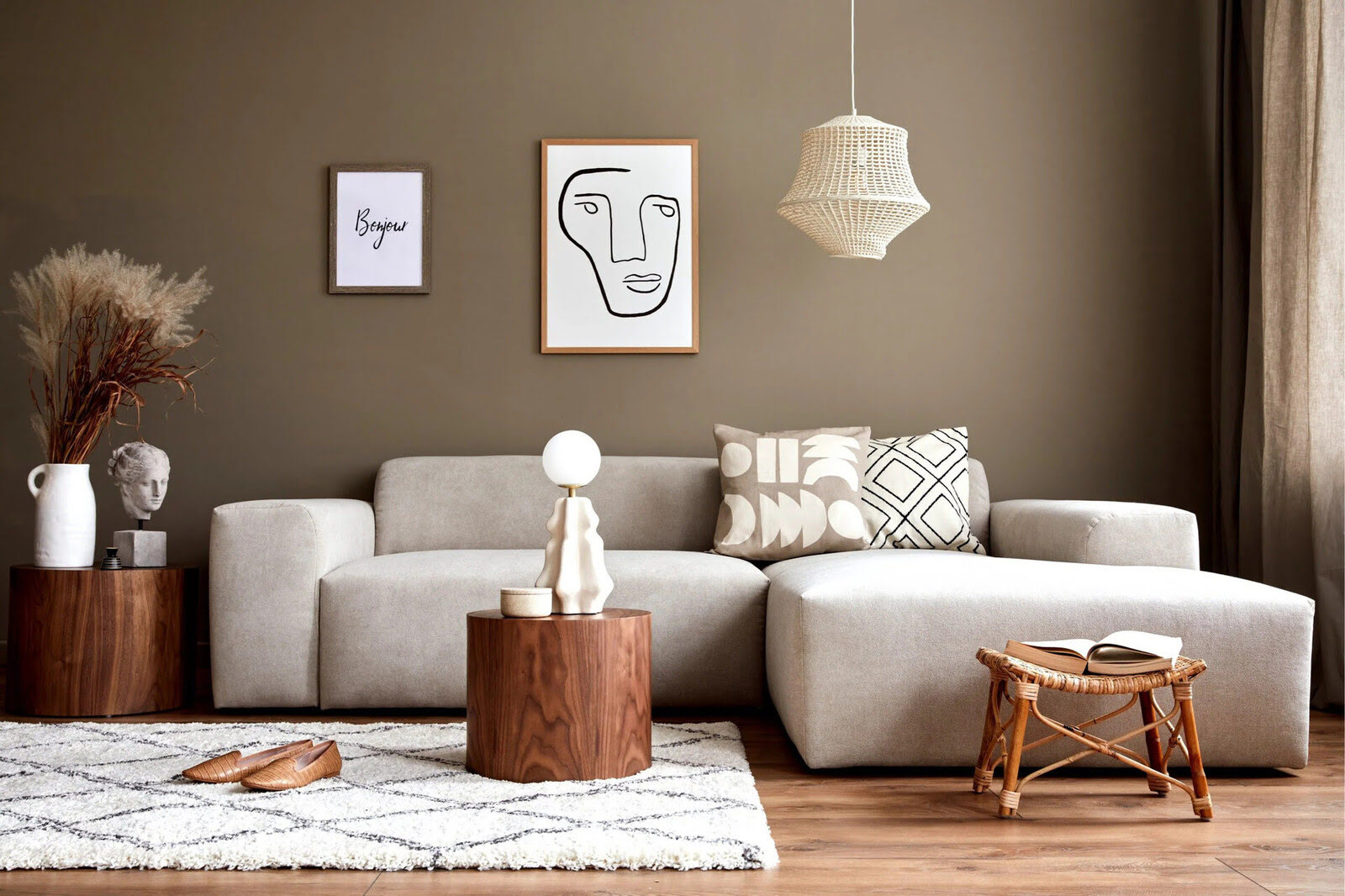
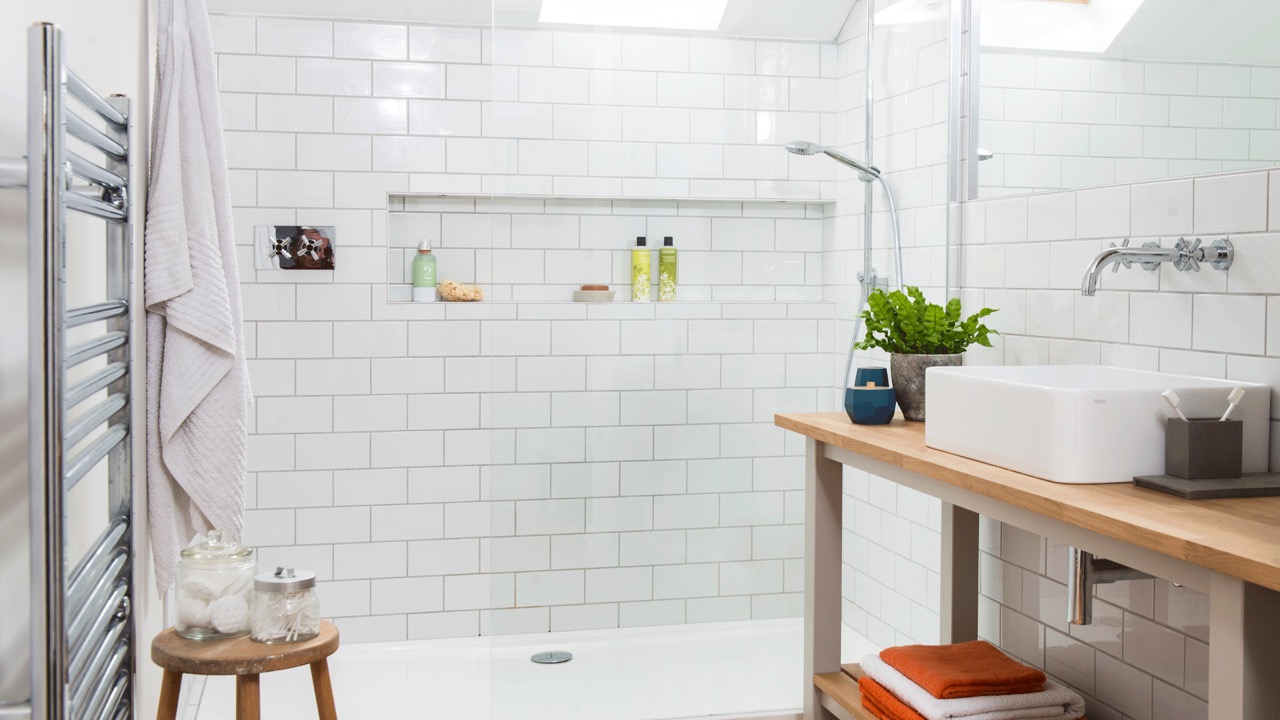
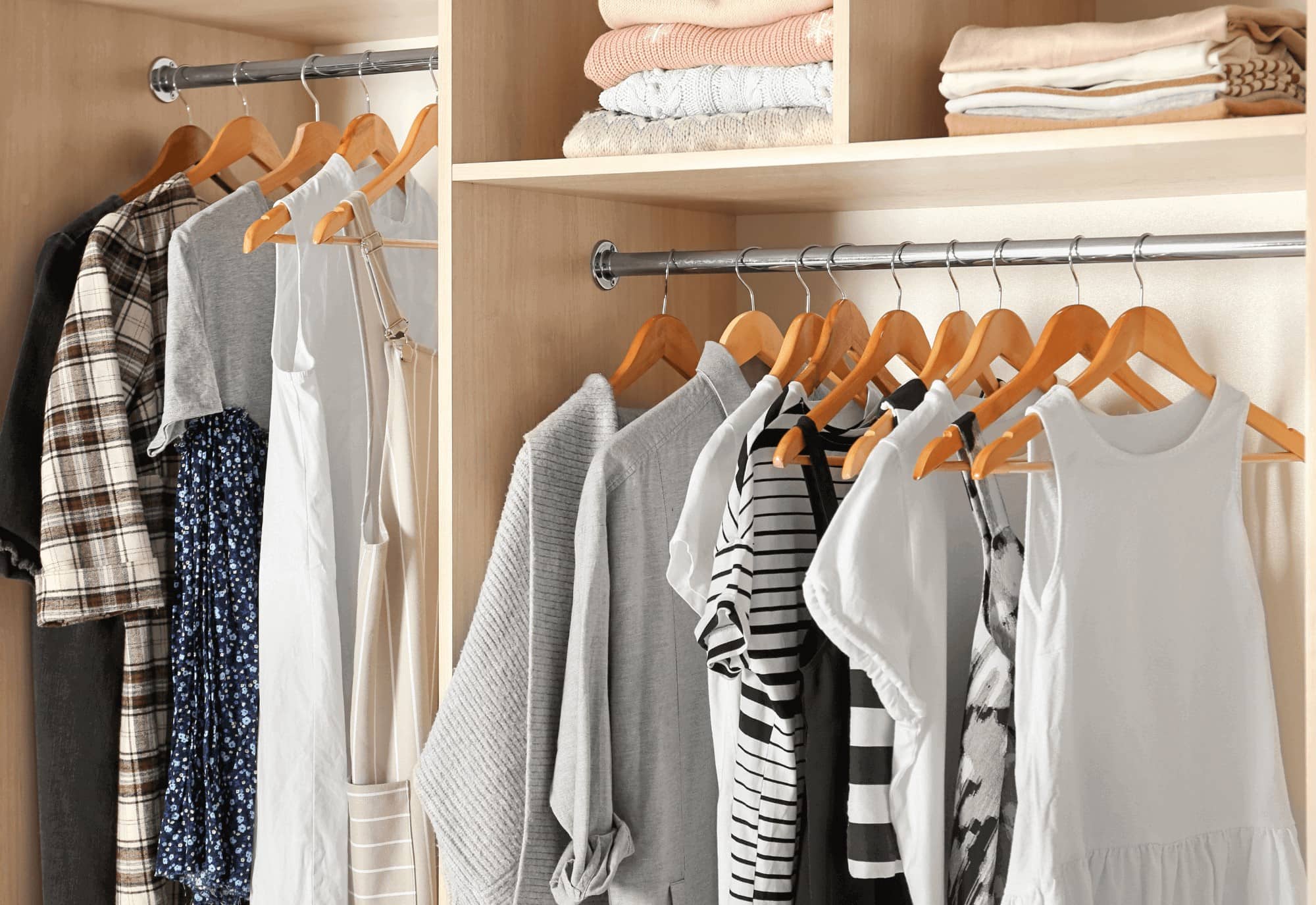
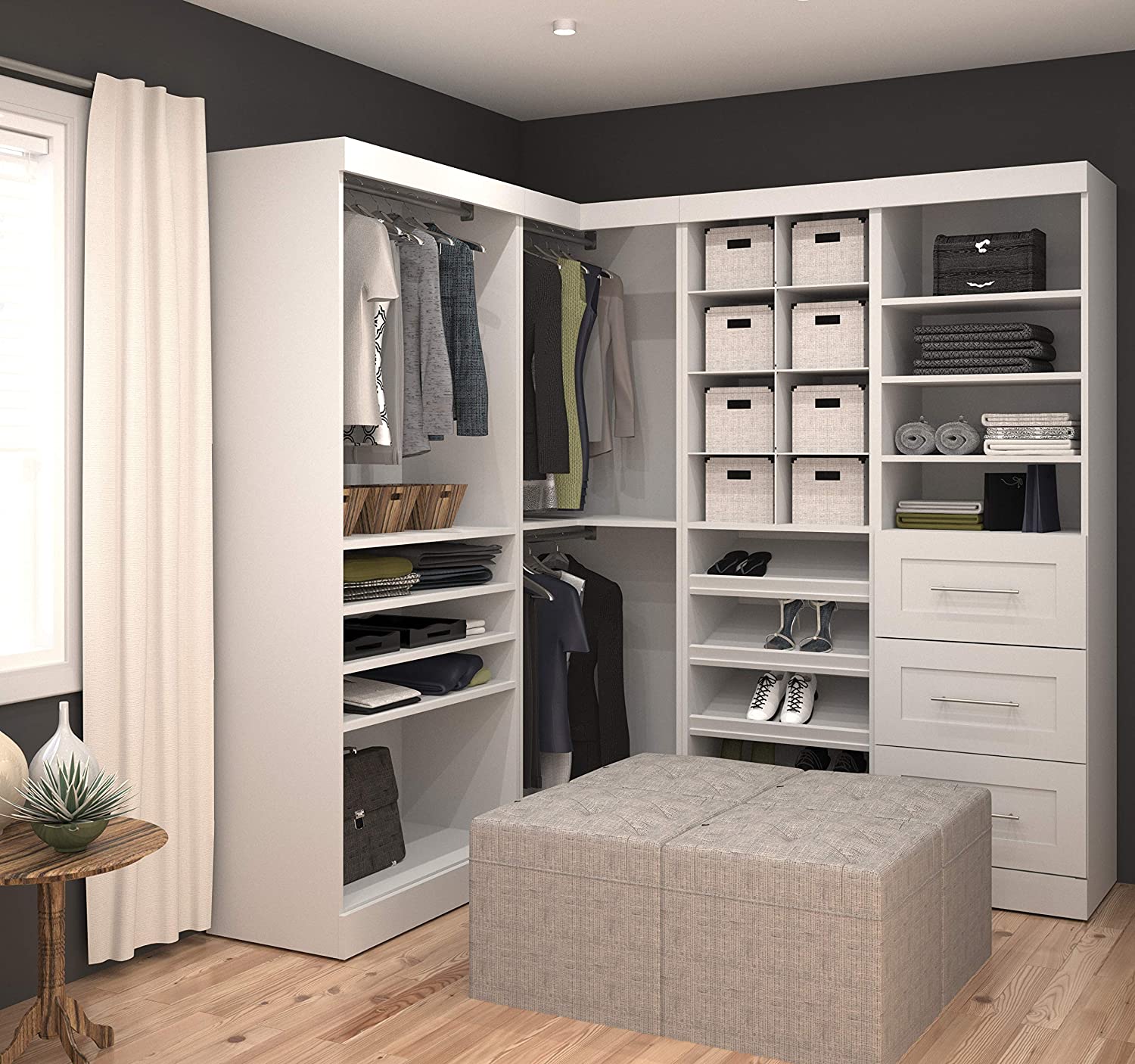

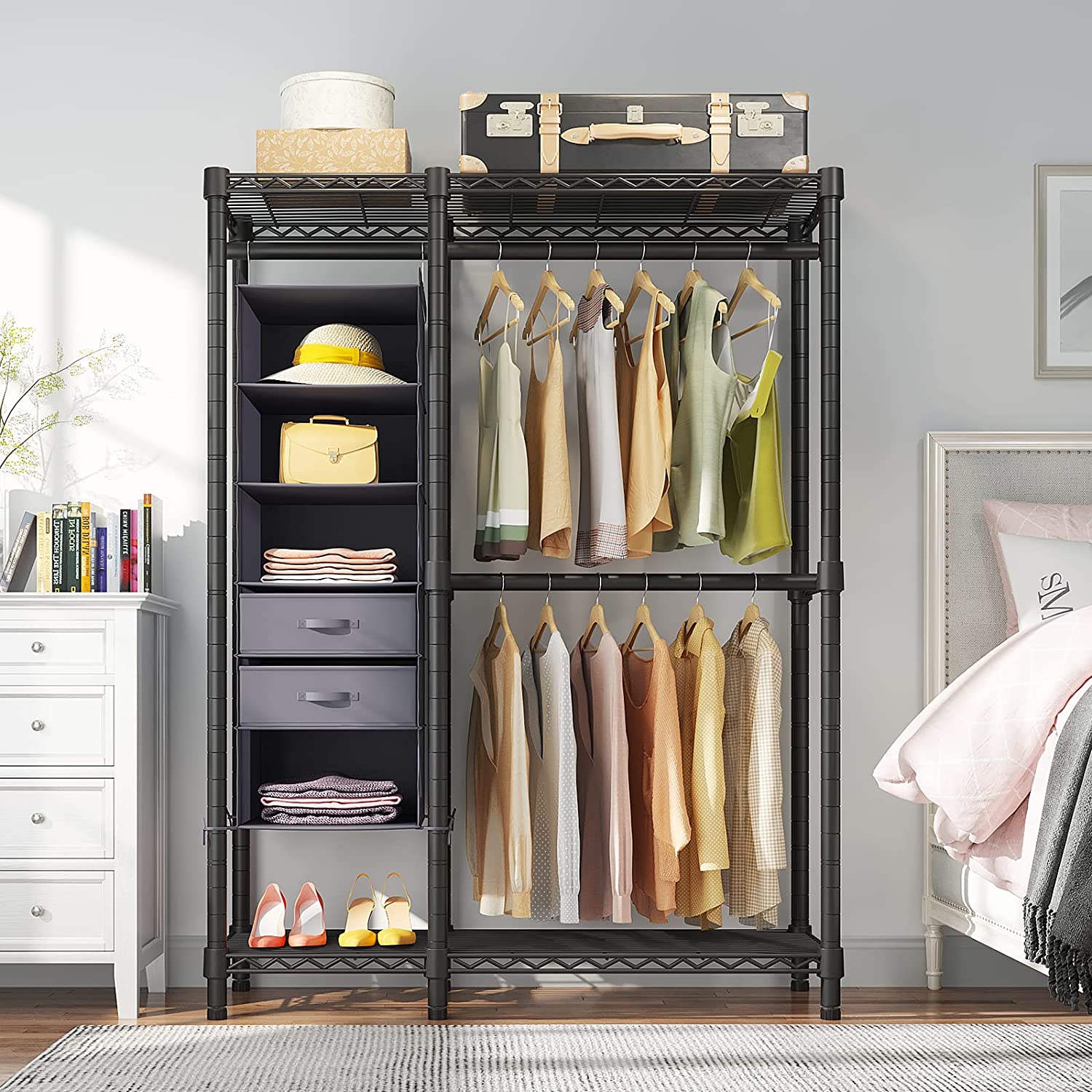
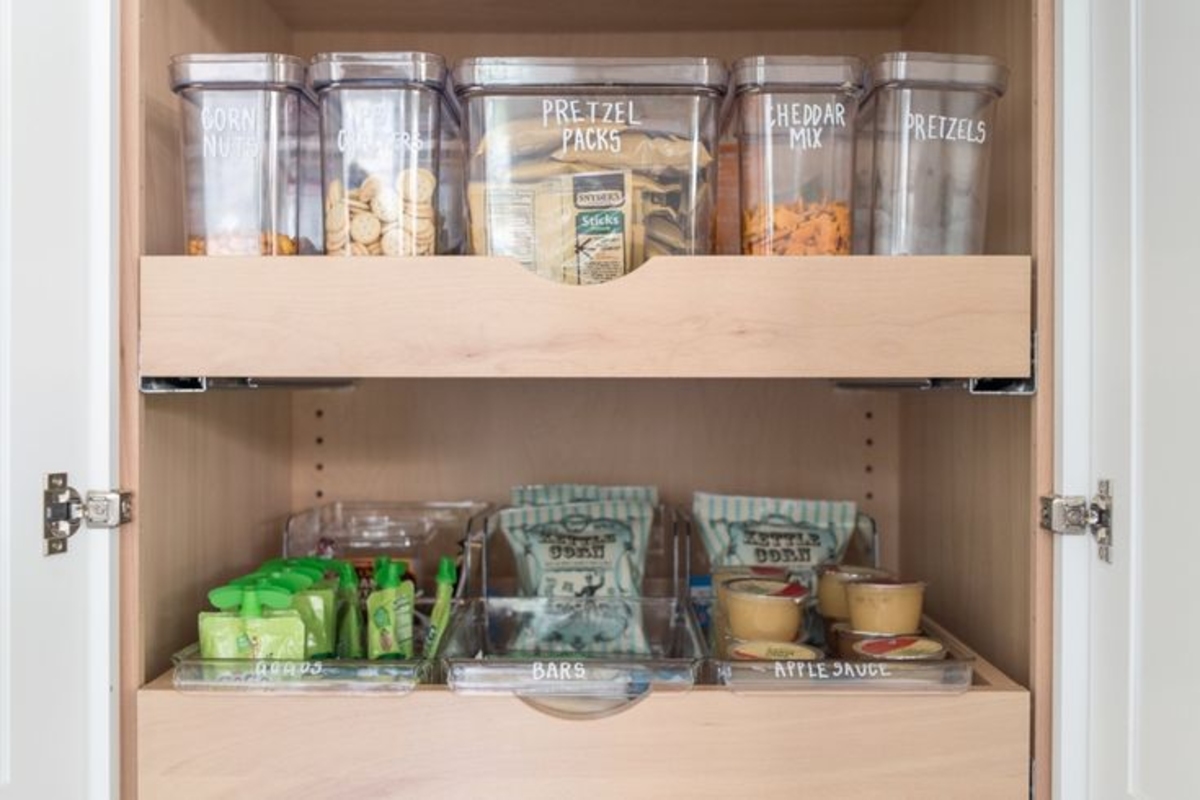
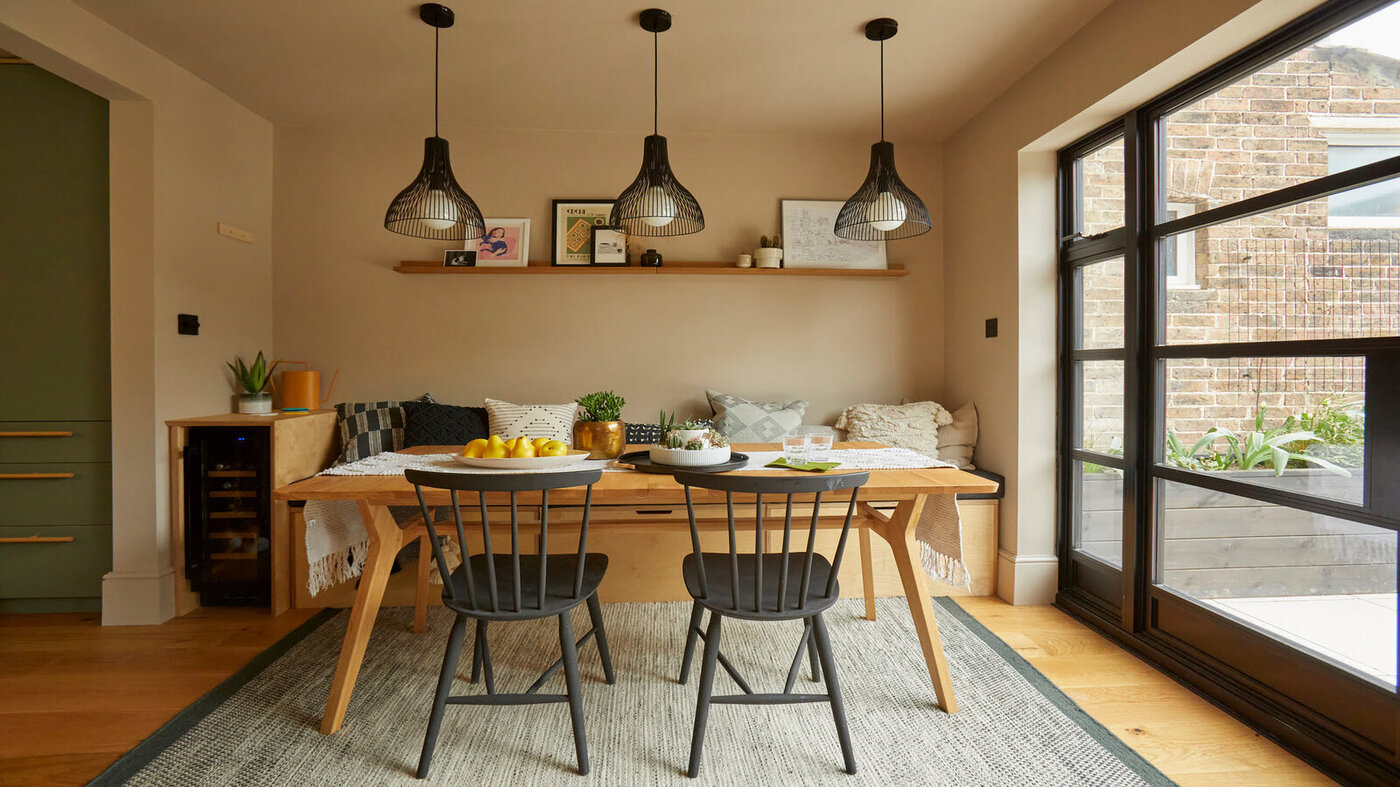
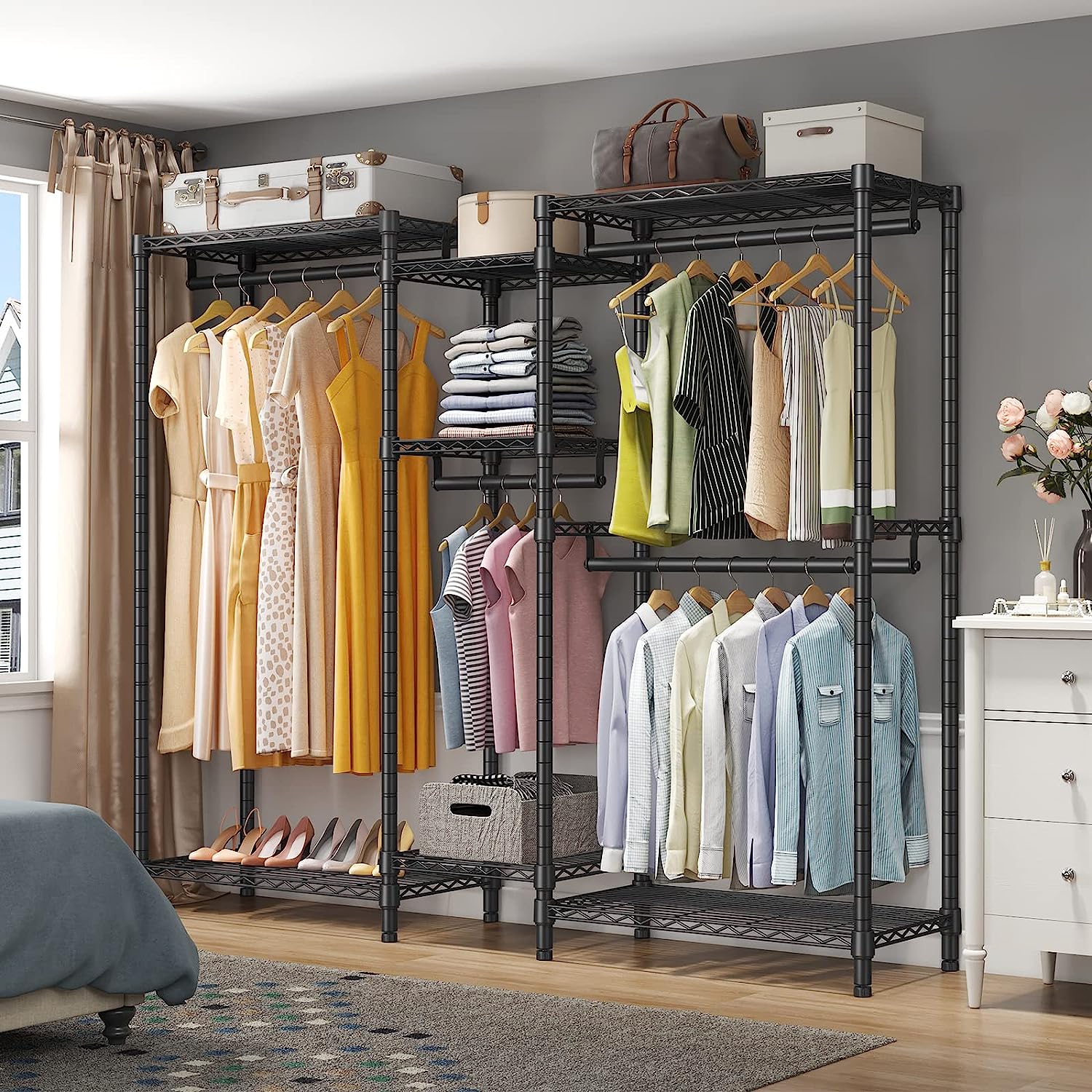
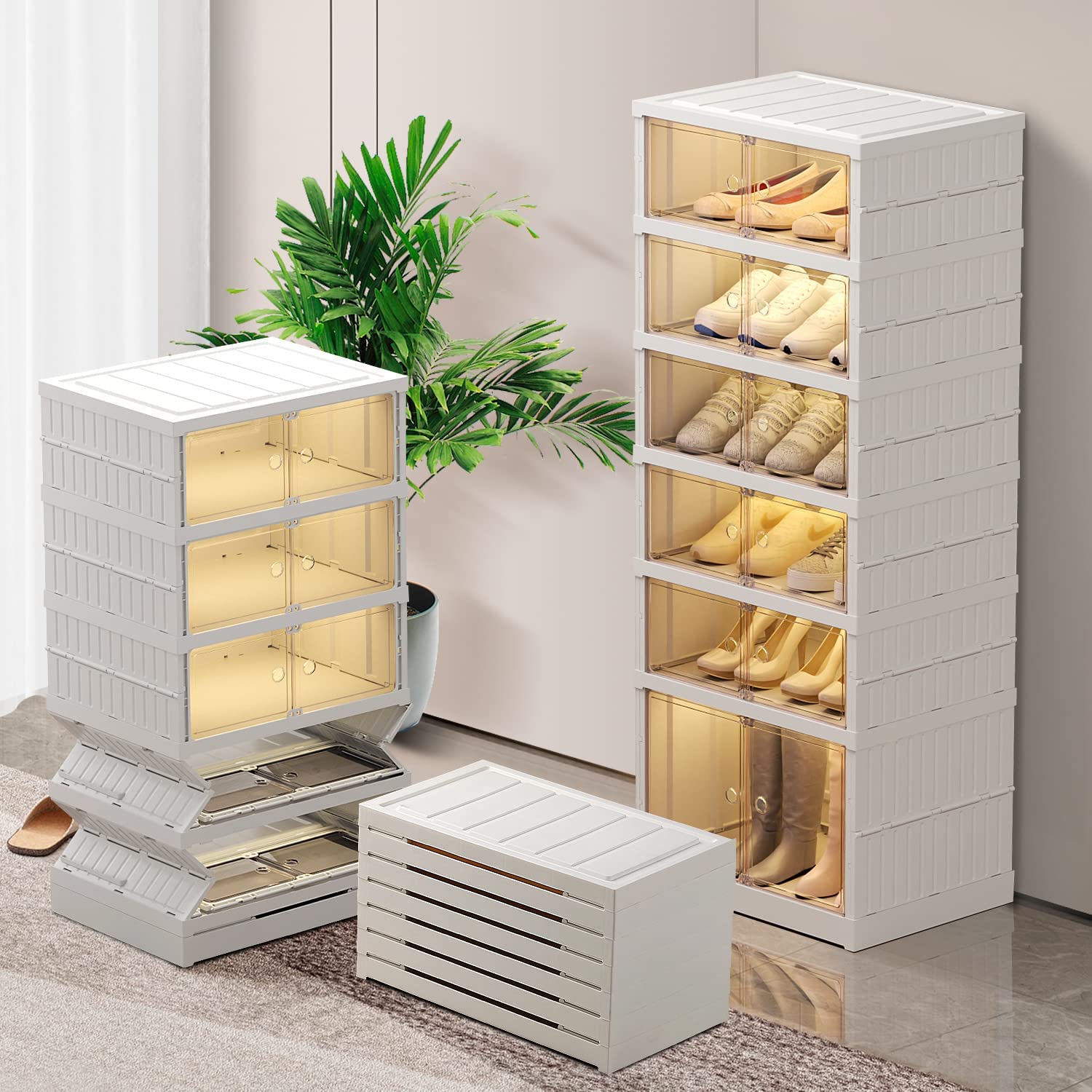
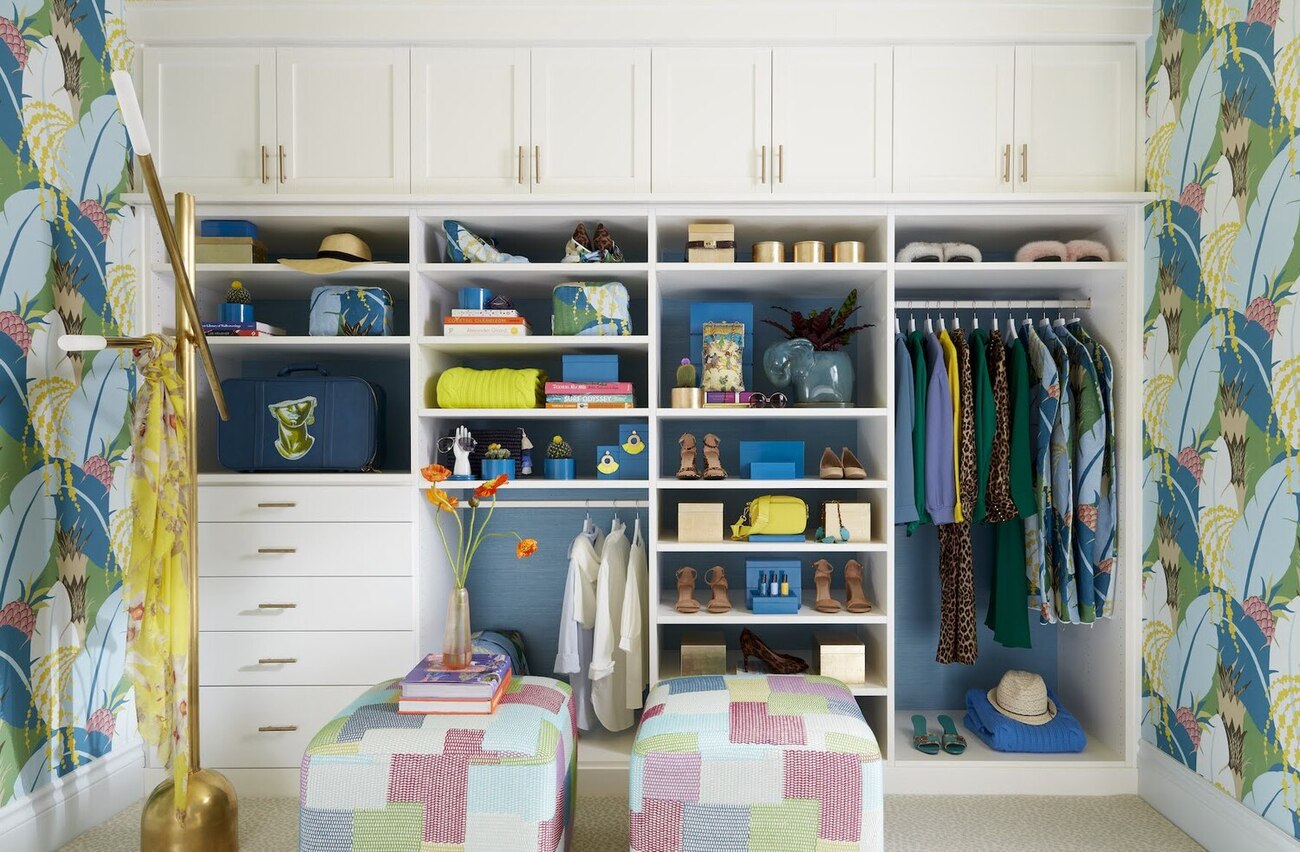
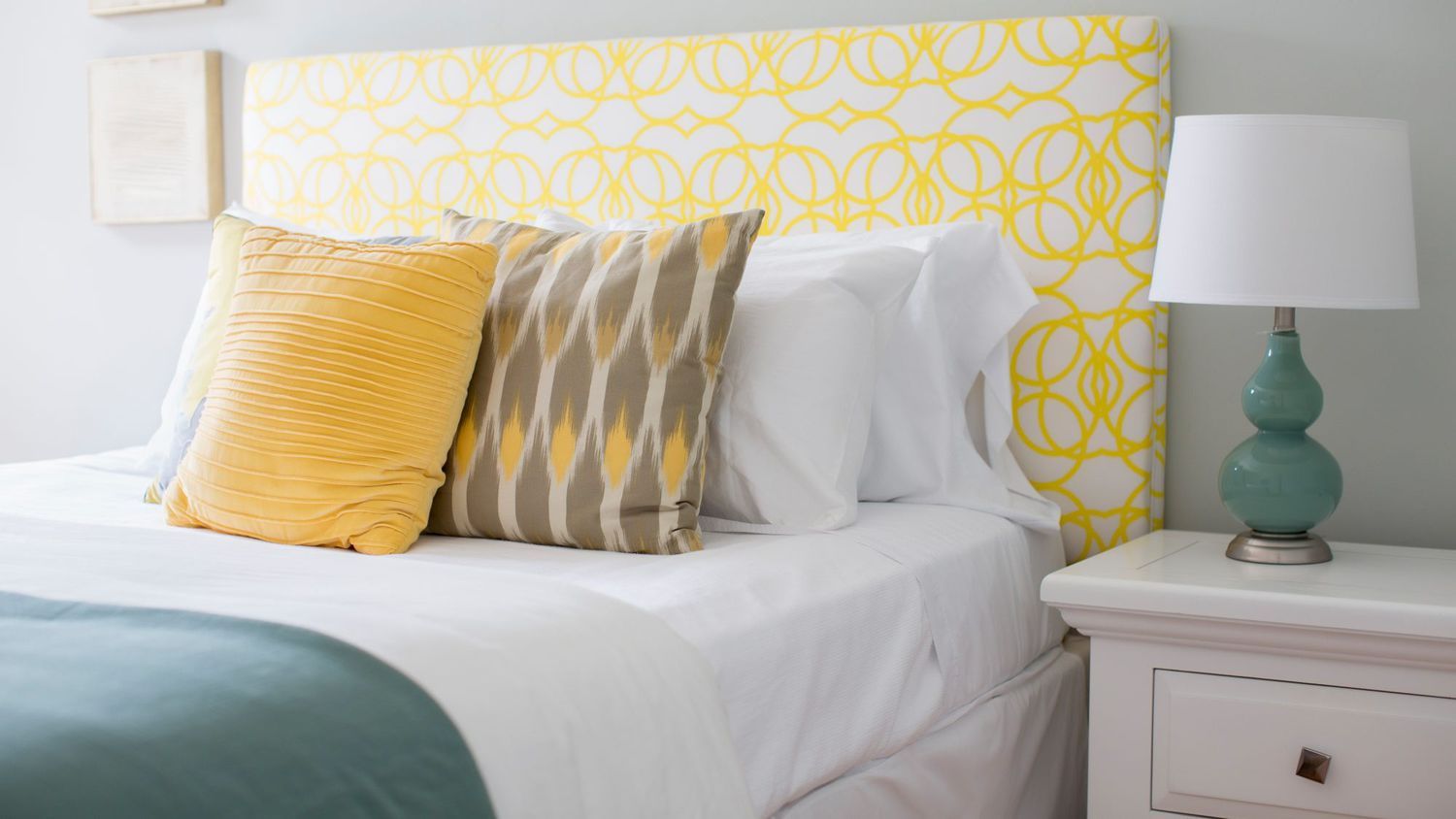
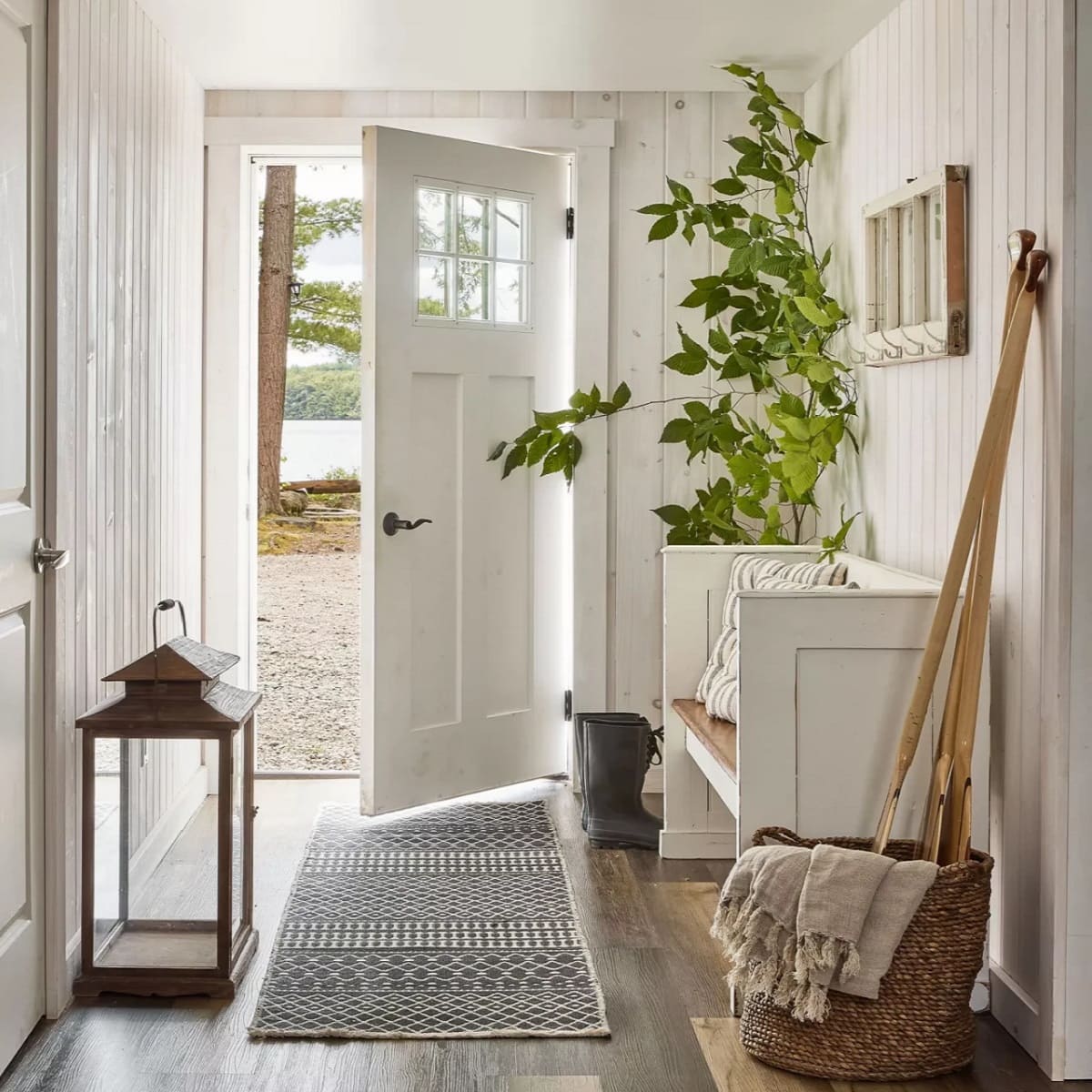

0 thoughts on “Small Closet Organizing Mistakes Experts See All The Time”